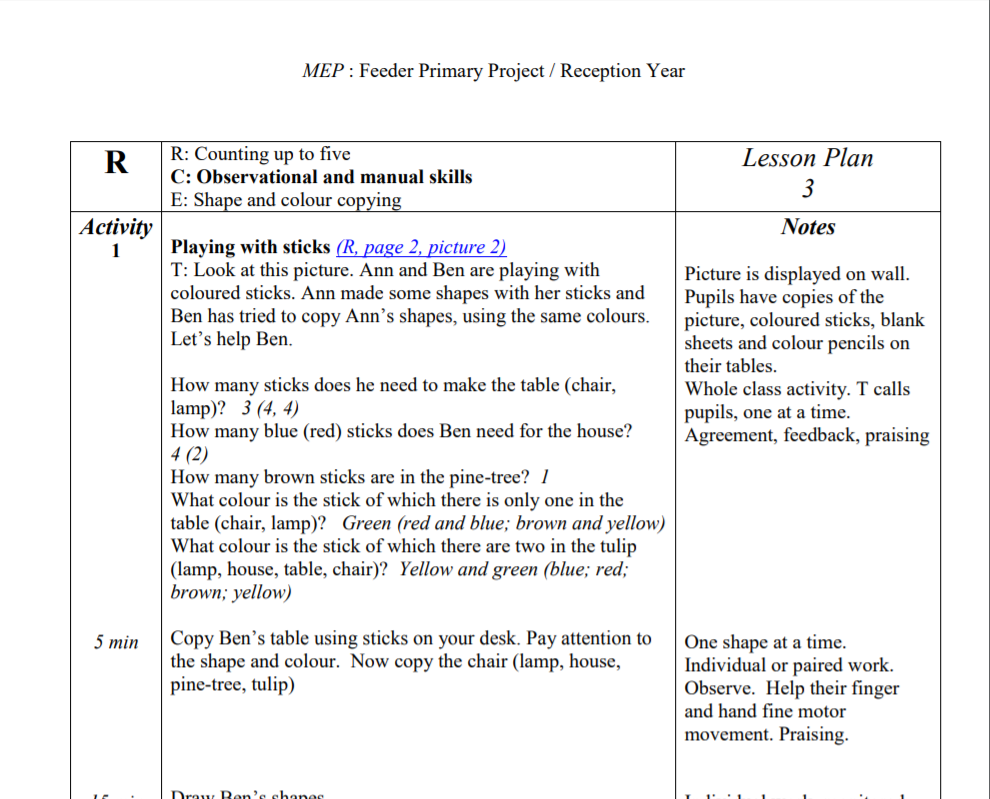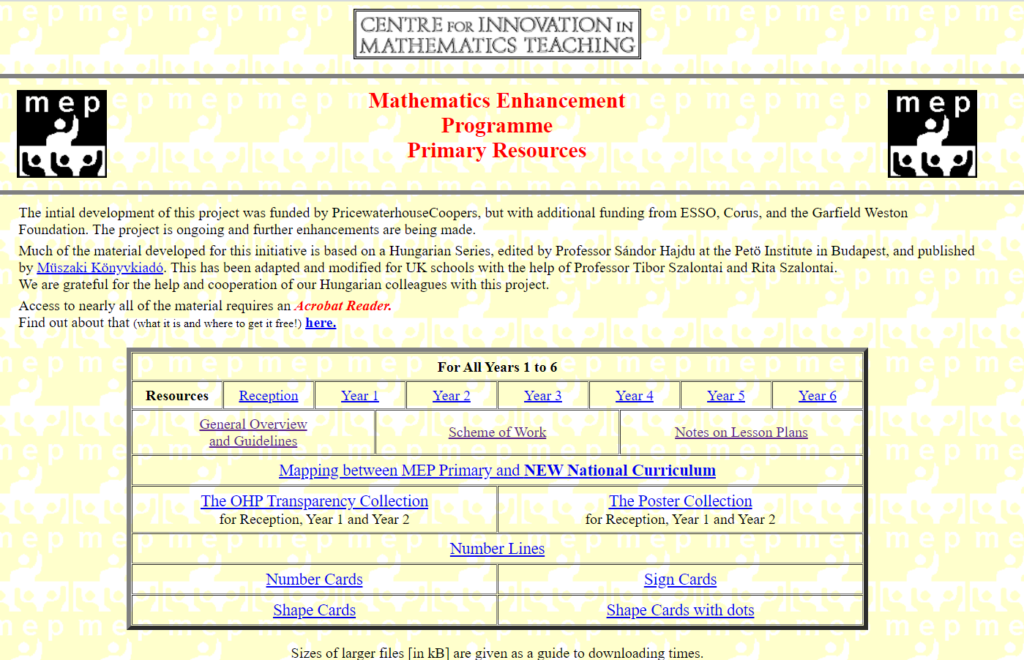I love MEP math and have used it for years. Unfortunately, like many things, I jumped into it out of necessity before really knowing what all I was doing. I made some mistakes, I was humbled, I learned, and now, thankfully, it’s to your benefit 🙂 Here are some things to know before you start:
What is MEP Math?
MEP was developed by the Centre for Innovation in Mathematics Teaching (CIMT) at Plymouth University. It is based on evidence of good practice from tracking the mathematical progress of students in a number of countries including Hungary, Japan, Singapore, Russia, Ireland and England. Carefully studied results were then translated into a comprehensive course.
It’s a free program made available online. Primary Years here. Secondary Stage (Year 7, 8, 9) can be accessed here. GCSE (Year 10 & 11) can be accessed here. Further levels can be accessed from the main index page here.
MEP 101
Most of us CM MEP using moms who have been around for some time got our start from Jeanne Webb’s post MEP 101 which was, and continues to be, a great help. I won’t repeat what she’s already shared there, no need to. I recommend you start there, it’s very helpful.
What’s confusing about MEP
Here are some of the things that are confusing if you go in blind, like I did, but you won’t be since you’re reading this post 🙂
- It’s UK based so they use the metric system instead of the US weights & measures (miles, feet, lbs, etc.) but our kids will need to know the metric system for science anyway so it’s helpful to learn it in math.
- MEP uses UK currency symbols, which you can change to dollars and cents.
- MEP is designed to print on A4 size paper which is 8.27 in x 11.69 in. Our standard print paper size is 8 1/2 in x 11 in. As a work around, in our print options, we scale to fit the printable area which will shrink it to fit. This messes up exercises that involve measuring, so for those pages we don’t scale to fit, we just print it as is. The bottom of the page and the page number will get cut off, but there aren’t too many pages like this so it’s a good workaround for us.

4. At the top of each teacher’s lesson plan page (see image above) there are three letters “R: C: and E:” These separate the day’s lesson into three categories.
“R” stands for Revision or Review
“C” stands for Core work (the part you want to focus on for the day)
“E” stands for Extension, or Extra work.
I thought we had to do the entire page of work and wondered why we were getting behind. Knowing these categories helps you determine what content you’re going to do each day depending on how your child is doing. That’s why we love CM homeschooling! We can fit the curriculum to our child, not the other way around.
Are they needing more practice? If so, consider doing the review work. Or maybe they’re flying through and not challenged enough, consider giving them the Extra work. Rough day? Short on time? Maybe skip straight to the Core work and only do every other problem. You know your child and your family’s needs best. As long as you’re not being negligent or outright lazy, make it work as needed.
5. Sometimes, the MEP problems aren’t easy to figure out. It’s not always obvious, not even to the teacher. You wonder, what are they asking for? Thankfully, they have an answer key – you can look at the answer to figure out what they’re asking for. You’ll need a passcode, which is available in the files section of the MEP Facebook group (which is a whole lot more help than I’m able to give here.)
6. MEP explains in their Notes on Lesson Plans that the Lesson Plans are based on 4 x 45 minute lessons per week for 35 weeks whilst the 5th lesson each week is for practice and revision.
This fits well with the AmblesideOnline curriculum which has 36 weeks of lessons per year. However, CM schedules plan for shorter math lessons, particularly in the early years. In her original schedules she allotted 20 minutes in Years 1-3 (Form I A&B) and 30 minutes in Years 4-6 (Form II A&B) so the 45 minute lessons mapped out by MEP are longer than what you may be planning.
So how can you work with 45 minutes of lessons in a 20 – 30 minute space? For one, a lesson at home with individualized attention is likely to be shorter than handling a classroom full of students. Second, the Core work is the focus of each day, as mentioned above, you can adjust as you and your student need. Some days you may choose to do only odd or even numbered questions, or a few consecutive questions instead of all, depending on the child’s needs. If you see they’re struggling and need more practice, you can take the extra time or extra day to do more problems. When they’re flying through, you can move along. According to Jeanne’s MEP 101 post, “The first few lessons may take a while. don’t panic. Soon you should get finished in 20-25 minutes. Less sometimes, slightly more when a new concept is introduced.”
MEP Guidelines / Key Strategies
On their Teaching Support page MEP outlines some Key Strategies for classroom teachers for the Primary Years (Reception – Year 6) Here are the main points that apply for homeschooling parents, summarized:
- Teachers should be prepared for each lesson, should be aware of the problems/difficulties that are likely to occur, and have teacher and student resources ready to go.
- Your kids are expected to be on task during the lesson and given the chance to demonstrate, answer, explain, and suggest what they understand.
- Friendly, non-confrontational atmosphere where students learn from and support others and have fun! Mistakes used as teaching points. Encouragement given to those who have difficulty and praise given when deserved. Students are encouraged to appreciate the good work of others.
- MEP is a “spiral curriculum” with continual review (aka “revision”); learning by heart encouraged, with progression in small, logical steps.
- Visualisation and manipulatives are used in the early years and with less able students. Demonstrate on a number line and model things for the child to help understanding.
- Review the exercises together, let your kids give the solutions and try to work out the problems. Your kids are expected to correct their own work. Give hints only if the are stuck.
- Challenges or extension work set for able students, or they can help less able siblings; no one is inactive.
- Use correct notation, layout and language at all times. Model this for your kids (on the board and orally), and by clearing up their explanation as needed.
- Keep a good pace and varied activities related to the concept being taught. Set time limits for individual work. Allow time for students to explain and discuss.
I hope some of this has been helpful. Khan Academy or other online videos are a helpful backup for parents needing a refresher in math or help understanding concepts.
I would also highly recommend checking out the files section of the MEP facebook group where many helps are provided by moms to explain the differences between UK and US math – this is particularly important as you reach the middle/high school years.
They also have interactive materials now beginning in YR3, where everything is online and students work through lessons online rather than having to print out lessons and student pages. Parents can choose what option they prefer.
